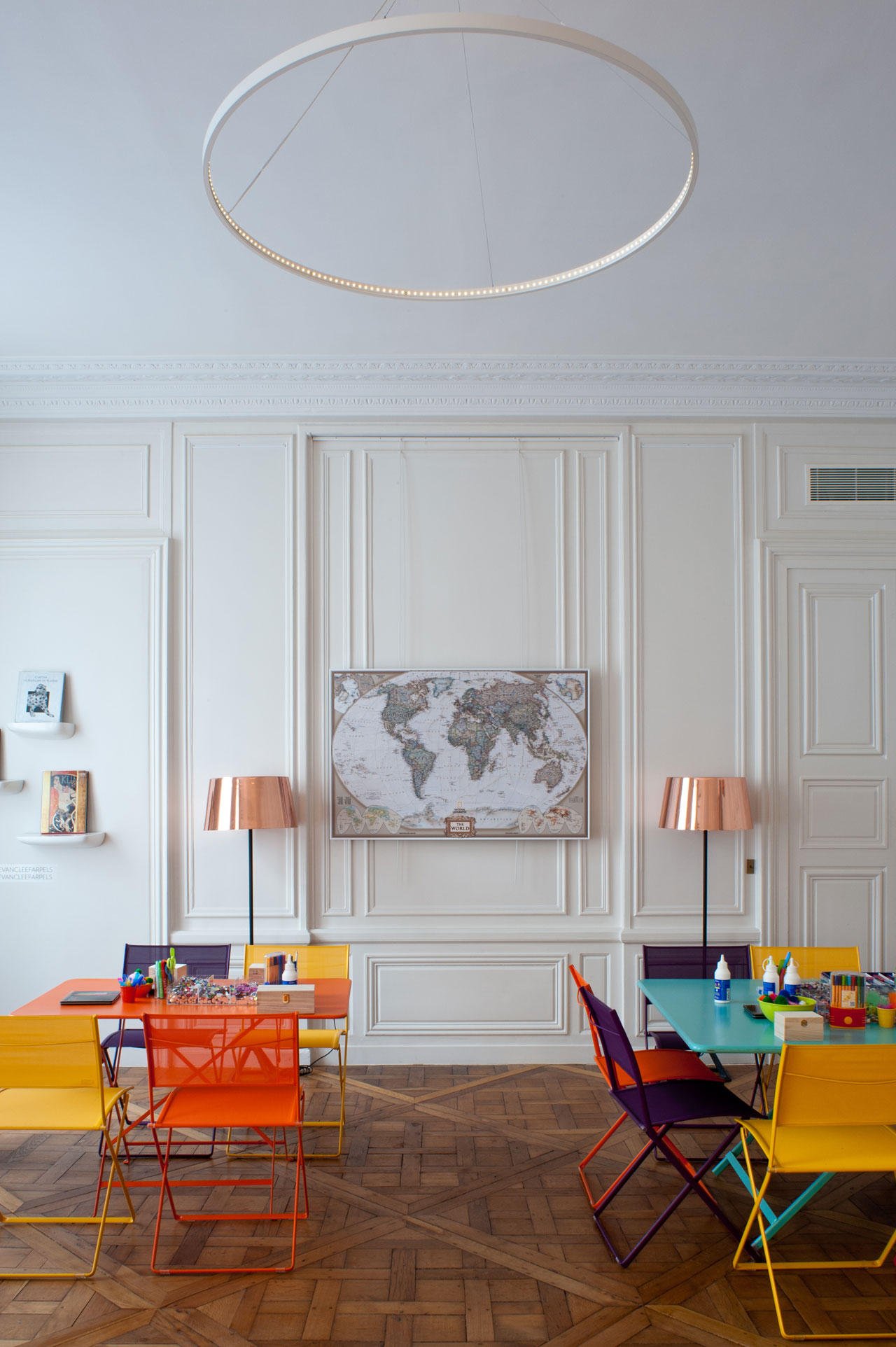
Photo by Alexandre & Emilie {Persona production} for Yatzer.
Copyright © Yatzerland Ltd.
L’École’s fifteen innovative courses, five creative workshops and regularly scheduled series of intimate evening conversations cover a variety of topics. These range from a two and a half hour, Beginners Initiation course which offers a brief glimpse into the world of high jewelry, to four-hour long classes which delve into the depths of fine jewelry and watchmaking. The latter includes the fascinating Explore and Create series which features set-by-step instructions on jewelry crafts and techniques given by skilled jewelers and stone-setters, as well as intriguing courses on gemology such as the Fascinating Diamond series which are conducted by expert gemologists.

Photo by Alexandre & Emilie {Persona production} for Yatzer.
Copyright © Yatzerland Ltd.

Photo by Alexandre & Emilie {Persona production} for Yatzer.
Copyright © Yatzerland Ltd.
Given L’École’s objective to communicate its passion for jewelry to a wide audience, the Creative Workshops which are hosted during holidays are aimed at initiating children, from 5 to 16 years old, into the imaginative and expert world of jewelry making. There are even podcasts on offer for people looking to familiarize themselves with L’Ecole Van Cleef & Arpels from the comfort of their own home. The courses are presented in either French or English and are developed by a large team of experts from many different fields who meticulously craft each of the courses in order to create an authentic and profound experience for the participants.
We had the great pleasure of speaking with Madame Marie Vallanet–Delhom, the President of L’École Van Cleef & Arpels, and were afforded a special glimpse into its curriculum and special contributions, not only to the world of high jewelry but to the culture and fine art of the world at large.
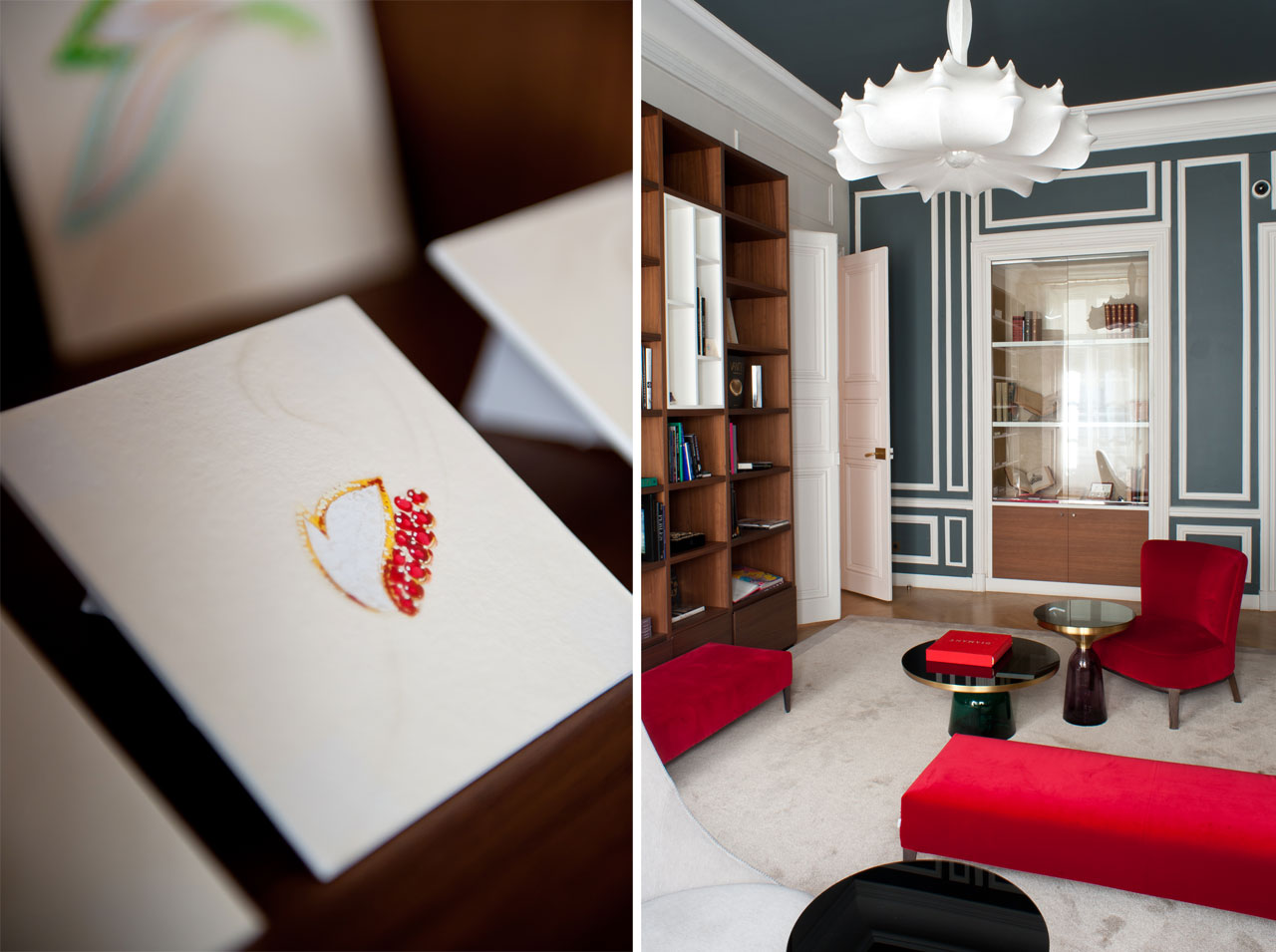
Photo by Alexandre & Emilie {Persona production} for Yatzer.
Copyright © Yatzerland Ltd.
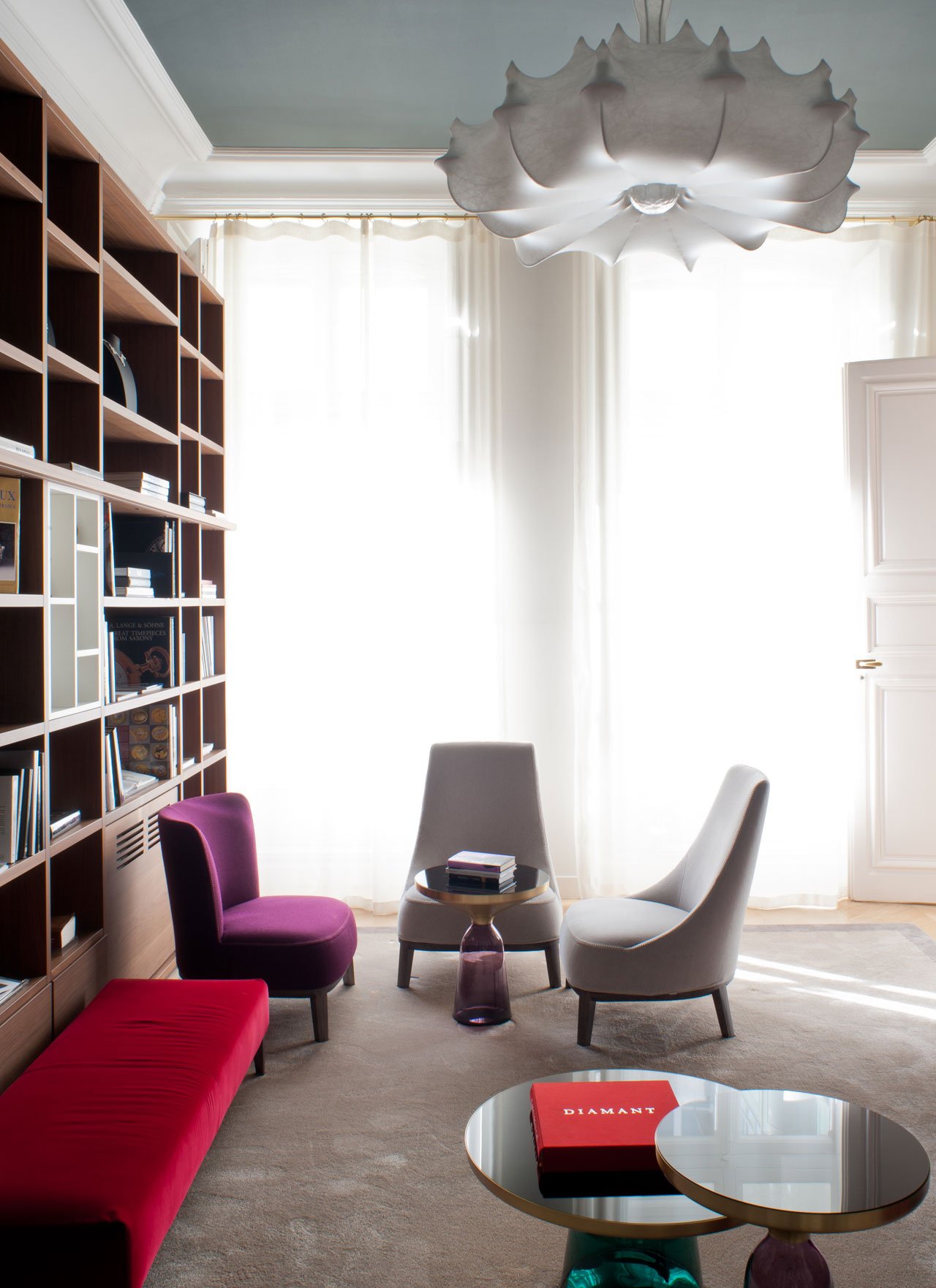
Photo by Alexandre & Emilie {Persona production} for Yatzer.
Copyright © Yatzerland Ltd.
What instigated the creation of the L’École Van Cleef & Arpels and what is its purpose?
The founding of this school was a smooth, organic development resulting from our passion for communicating and increasing awareness about the dedication to the arts that goes into making jewelry. One of the inspirations behind the founding of this school is to be able to correctly share - with future generations - the incredible quality and inspiring workmanship that occurs every single day inside the High Jewelry Van Cleef & Arpels workshop, which the French Republic has declared to be a living heritage of France. The purpose of the school is to open up that type of learning about the inner world of jewelry to the public.

Photo by Alexandre & Emilie {Persona production} for Yatzer.
Copyright © Yatzerland Ltd.
What does L’École offer that other high jewelry making courses don’t?
One of the many great things about starting this school was that there was, and still is, nothing at all like it. Nobody else has thrown open the doors on the behind-the-scenes world of jewelry in this way, welcoming people to enter and learn about jewelry.
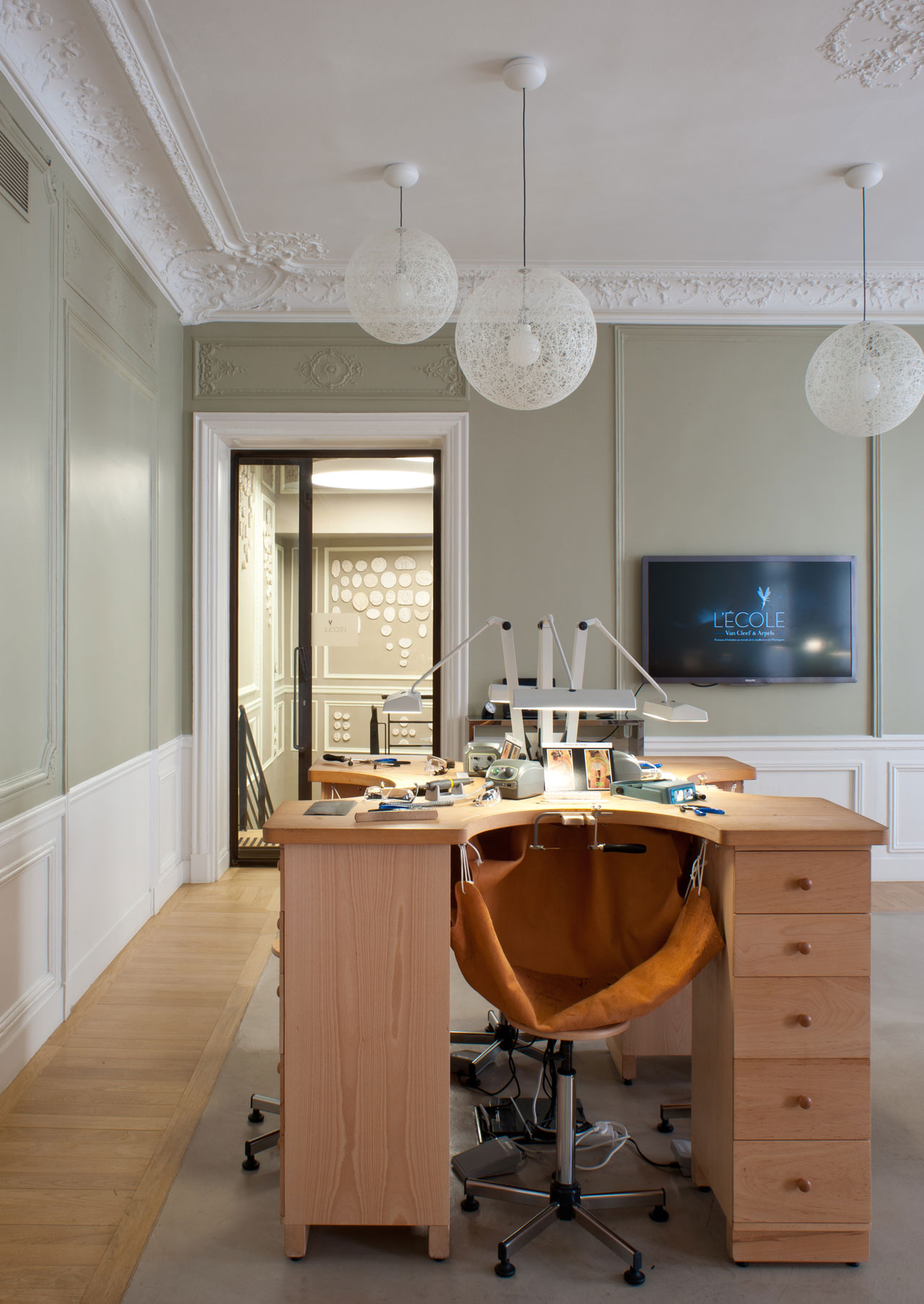
Photo by Alexandre & Emilie {Persona production} for Yatzer.
Copyright © Yatzerland Ltd.
While L’École has toured the world, what exactly does the special ambiance of Van Cleef & Arpels’ incredible Place Vendôme headquarters offer students participating in the courses there?
Each one of our traveling incarnations takes on certain special qualities of its own. For example, in Japan, sharing the Japanese sources of Art Nouveau became a very unique and emotional experience for both students and professors alike. In fact, one of the professors described the experience as a “personal and professional summit.”
In Hong Kong on the other hand, while discussing the many synergies between the art of the brush in Chinese tradition and the French savoir-faire of painting jewelry designs with gouache, there have been some happy - albeit tearful moments when people reminisced about their grandparents teaching them how to create beautiful calligraphy with brushes, ink and all the implements of the scholar’s table. To further build bridges of understanding between different cultures, we returned to Hong Kong this year and are planning annual visits thereafter. We have also established the Legacy Program to encourage young Hong Kong artists’ creativity.
When in Paris, and if students are interested, we sometimes take them to museums, for example to the Galerie des Bijoux in the Musée des Arts Décoratifs. As one of our mottos is “To Go Further”, at the end of each course we give our students a “To Go Further” list which includes books, museums, websites and movies. For our courses that are planned in Paris, we take advantage of the city itself by encouraging the students to go out and see what they have been studying, and deepen and enrich their classroom experience. As the philosophy behind this school is to share, exchange and transmit, it was imperative that we made it nomadic, that we were able to take the entire school to locations around the world where people want to learn. Sometimes students take a course or two in Paris and then take additional courses when we visit their home countries.
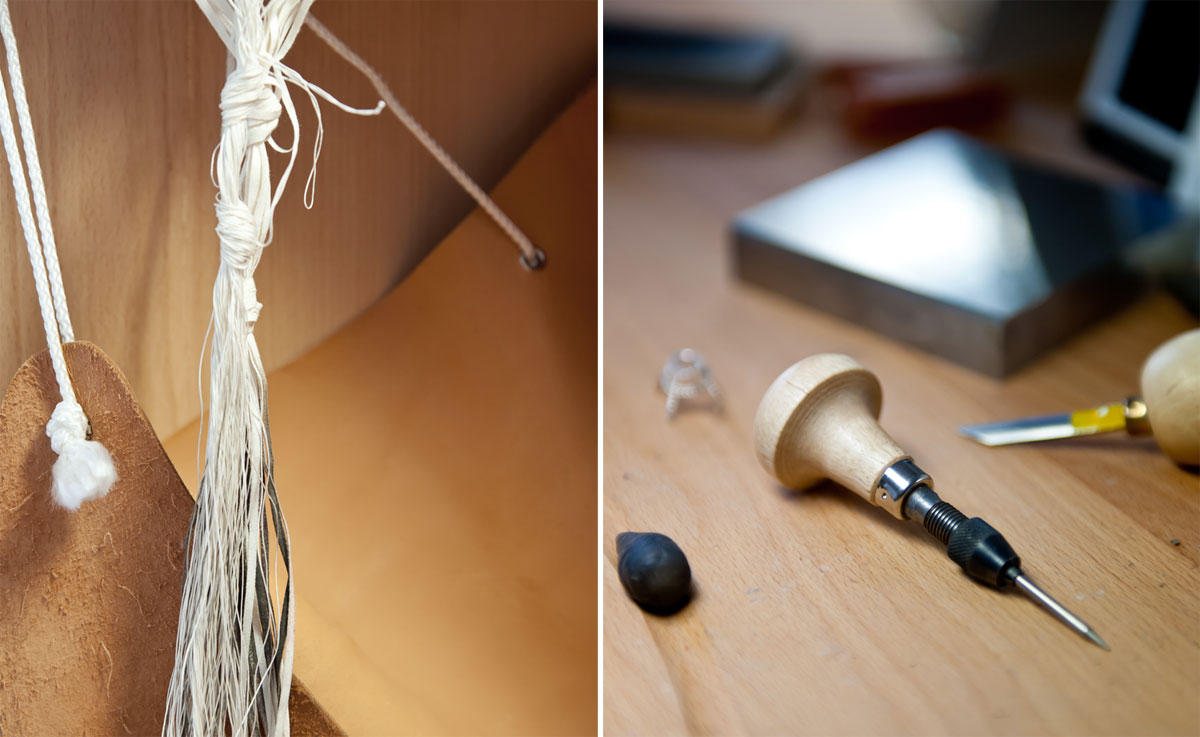
Photo by Alexandre & Emilie {Persona production} for Yatzer.
Copyright © Yatzerland Ltd.
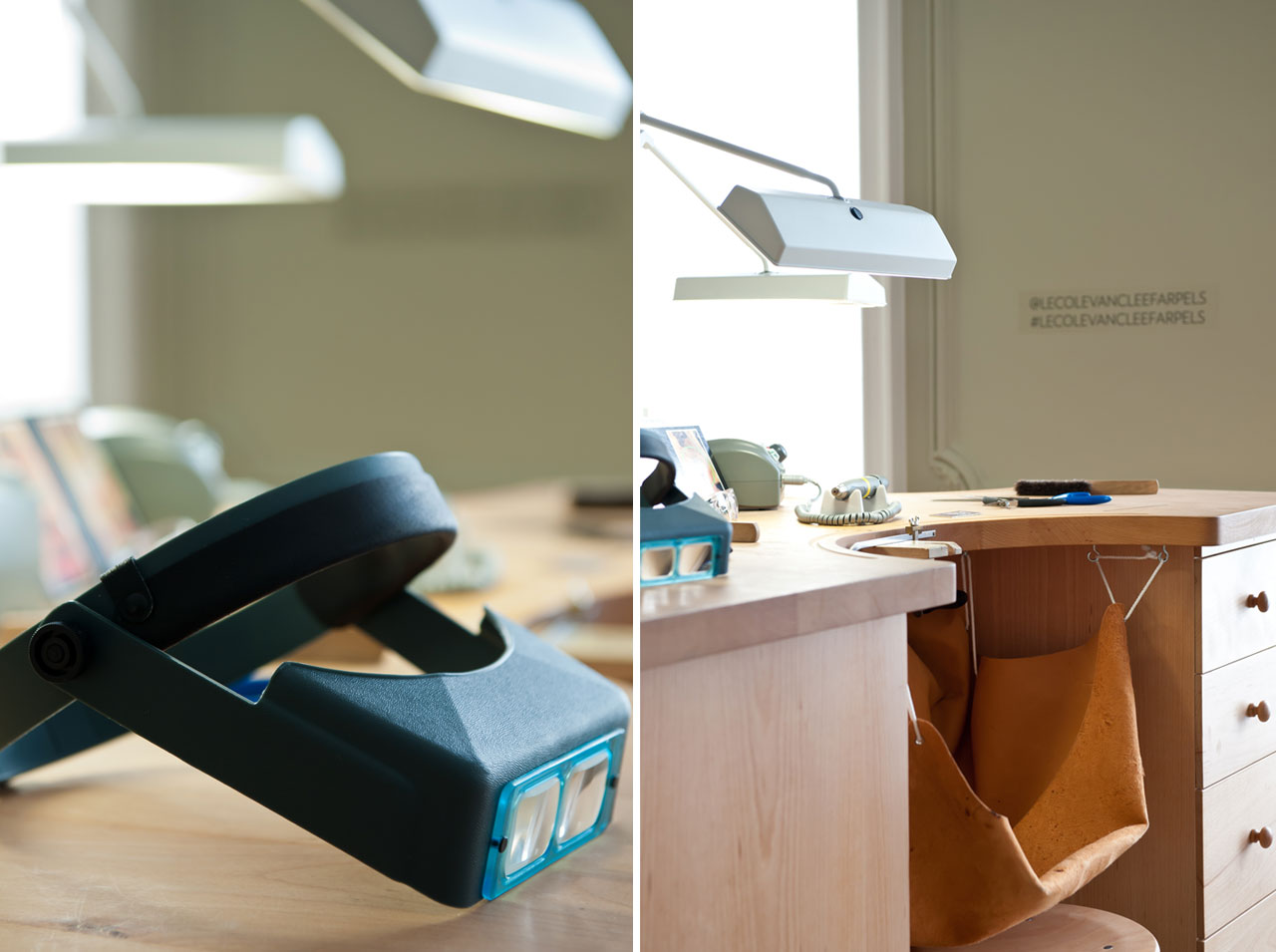
Photo by Alexandre & Emilie {Persona production} for Yatzer.
Copyright © Yatzerland Ltd.
L’École’s goal is to introduce participants to the splendor of jewelry making. How is this accomplished without exposing any VC&A secrets? Do the courses focus on the general knowledge that other high jewelry houses employ as well?
The real secret of jewelry is not revealed by explaining technique, as that takes natural ability coupled with focus, passion and years and years of practice. Ultimately, we believe that education nourishes an interest in the art of jewelry making.
In answer to the second part of your question, yes, absolutely, we do talk about other houses and their relevance to our own courses. We also talk about other influences: Tutankhamen and Egypt, Ancient Greece, Akbar and India, the Tang Dynasty in China and its polo playing, poetry-writing women. These and so many other influences pour into the creation context of jewelry.
What do the courses offer in terms of real world experience? Are they just casual overviews or are the students truly being given the tools through which to understand the complexities of the craft?
Ultimately this is a school that provides a form of initiation for those really interested in high jewelry making. Now, as to how we develop the courses, in the Savoir-Faire courses, participants execute real jewelers’ gestures, as they are coached by actual high-jewelers who leave their bench in the workshop to teach for 4 hours. So, with this expert guidance, you can experience the actual process and the elaborate skill set required for making high jewelry first-hand.
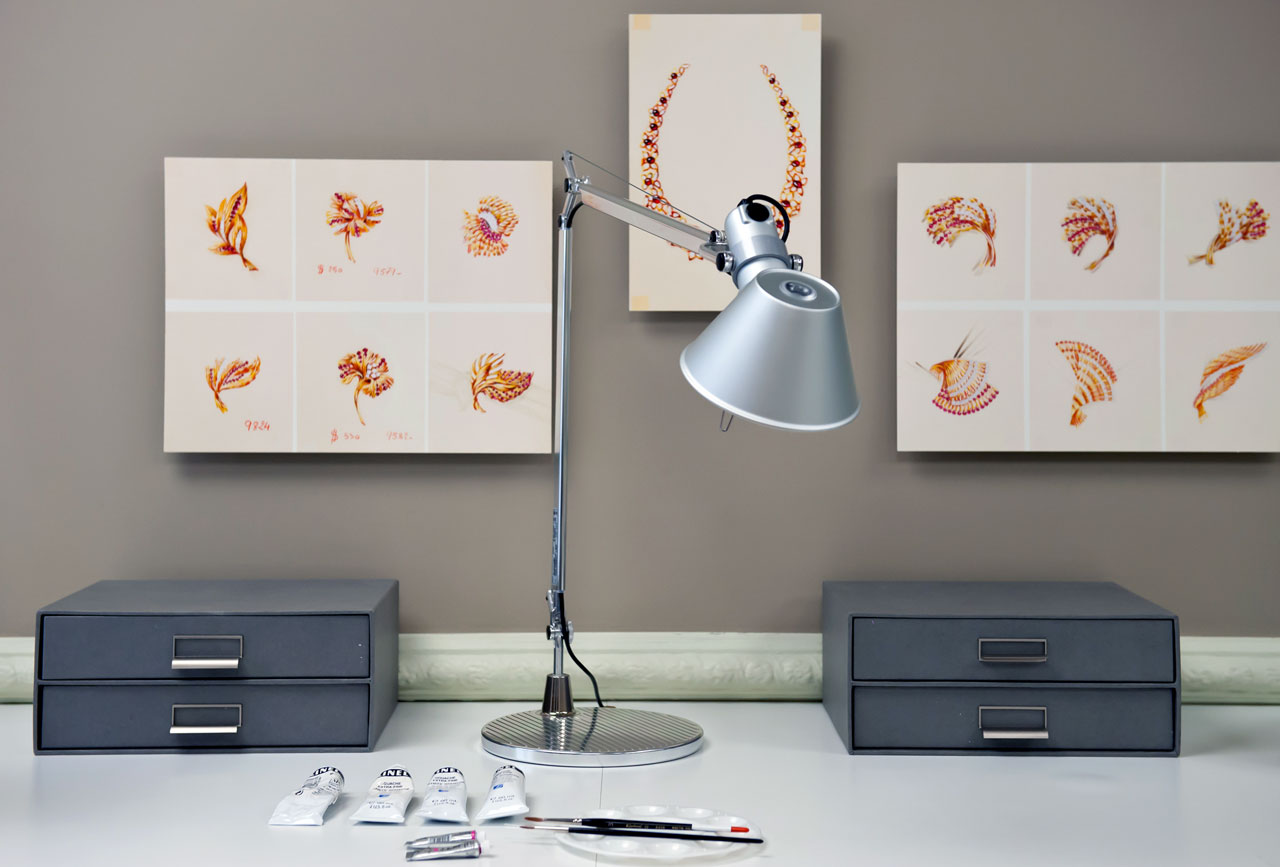
Photo by Alexandre & Emilie {Persona production} for Yatzer.
Copyright © Yatzerland Ltd.
L’École caters to all ages: from very young children who participate in the fun creative workshops to adults of all levels, from professionals to mere jewelry enthusiasts. How much planning went into attracting a wide group of people, including the next generation, to study the craft of high jewelry for perpetuity’s sake? Also, what do you hope students will take away from studying at L’Ecole? What has the students’ feedback on the courses and their level of enthusiasm been like?
The goal is to keep an interest in the jewelry arts alive and to make it grow even stronger. Our goal is not a targeted one, but a forward-looking one; looking to the future of all the arts along with education in the arts. Students take up our offer “To Go Further” and stay in touch with us and continue to be involved as part of L’École’s growing community. From a scale of one to ten, their level of enthusiasm is a definite 10!
What we especially love is to watch their faces light up as the experience progresses. The feedback from participants from the young people’s programs (I say “young people” because we have also added 2 new courses for teenagers), for example, is that the programs give them the opportunity to discover something very new and special which they have never experienced in any other context.

Photo by Alexandre & Emilie {Persona production} for Yatzer.
Copyright © Yatzerland Ltd.
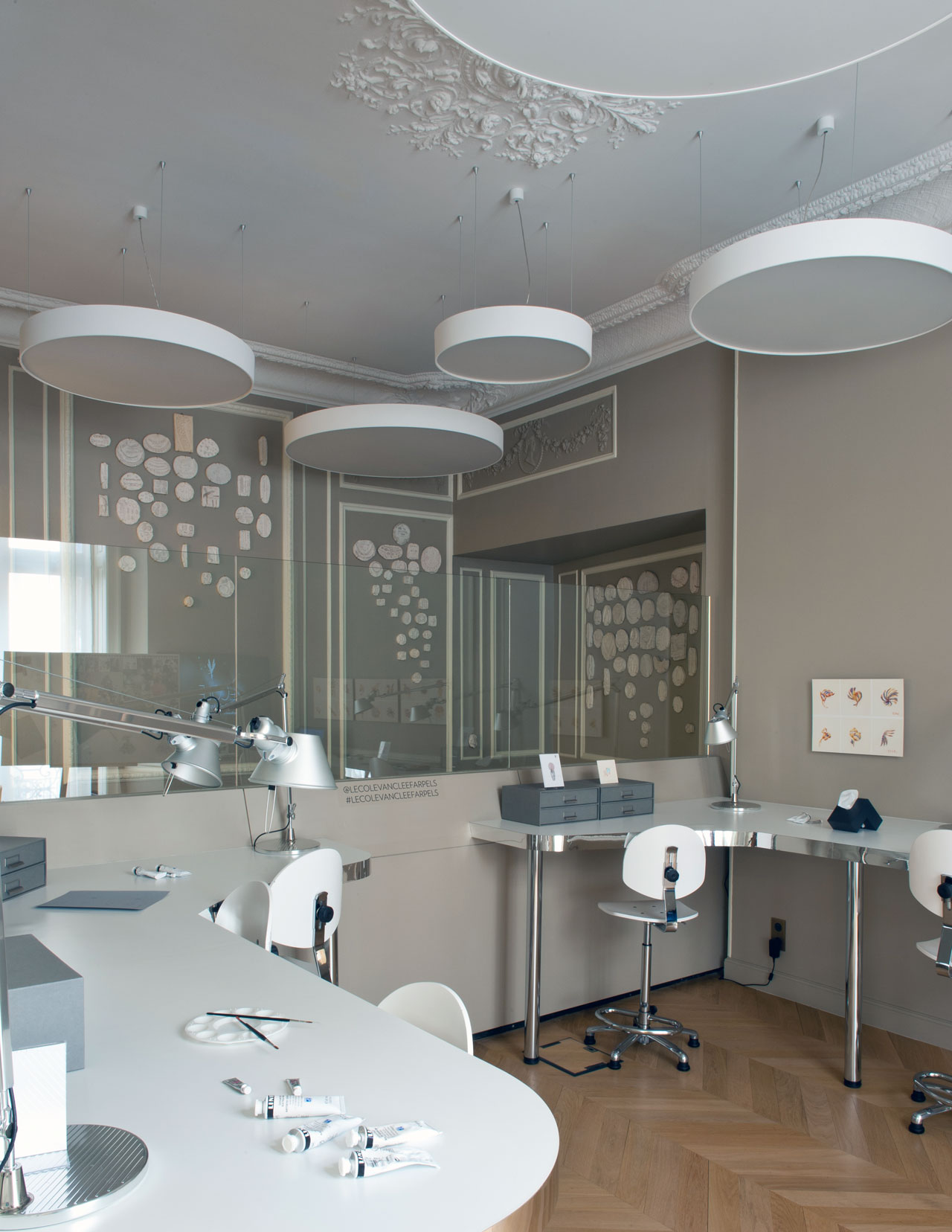
Photo by Alexandre & Emilie {Persona production} for Yatzer.
Copyright © Yatzerland Ltd.
As a high jewelry expert, what do you believe is the “power” of a piece of jewelry? How and why is the bond between a person and the jewelry they wear created?
A jewel is unlike any other object. A jewel keeps the emotions and love of the person who has worn it alive, and passes on these emotions and memories to the next owner or wearer.

Photo by Alexandre & Emilie {Persona production} for Yatzer.
Copyright © Yatzerland Ltd.
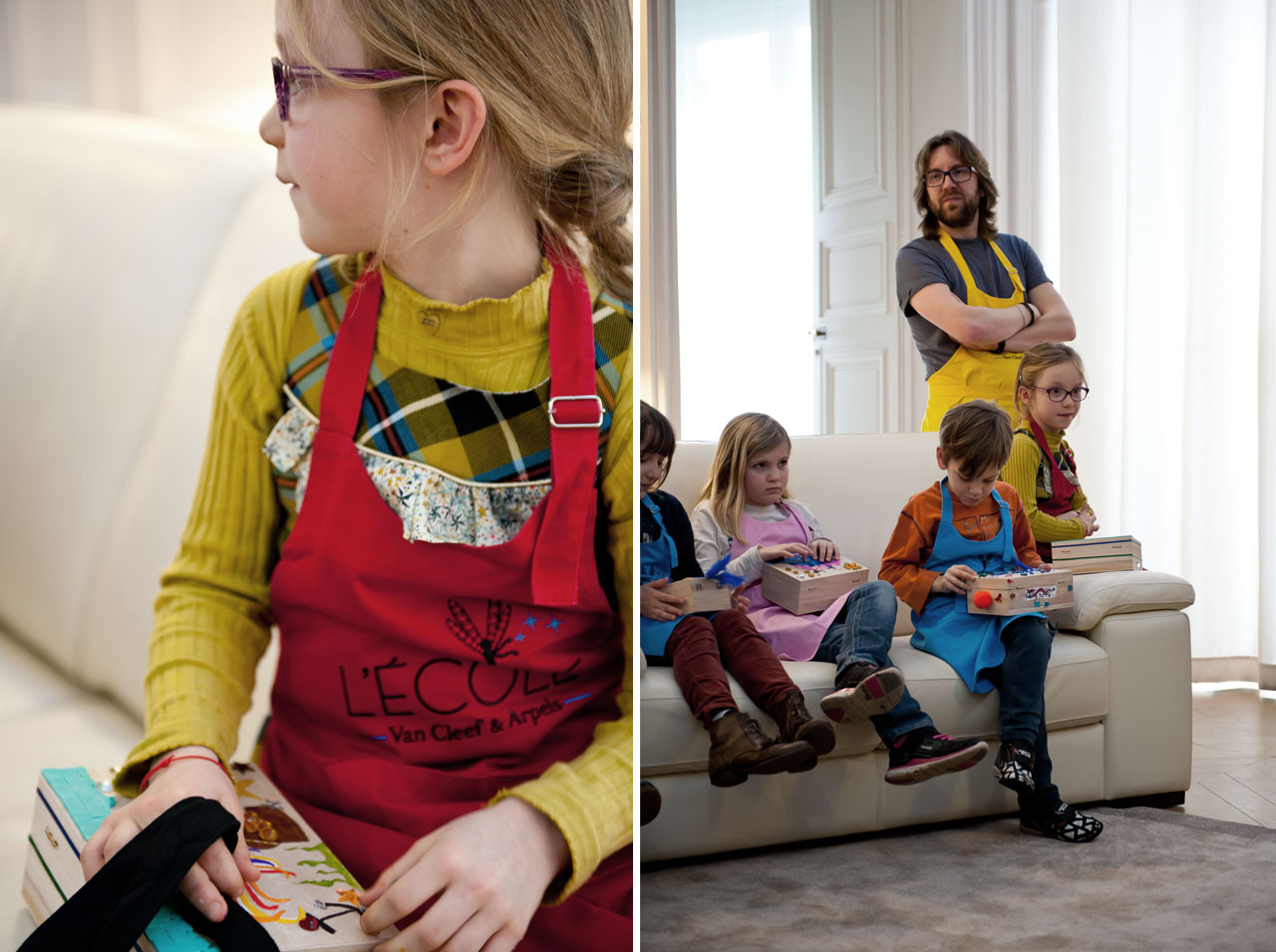
Photo by Alexandre & Emilie {Persona production} for Yatzer.
Copyright © Yatzerland Ltd.
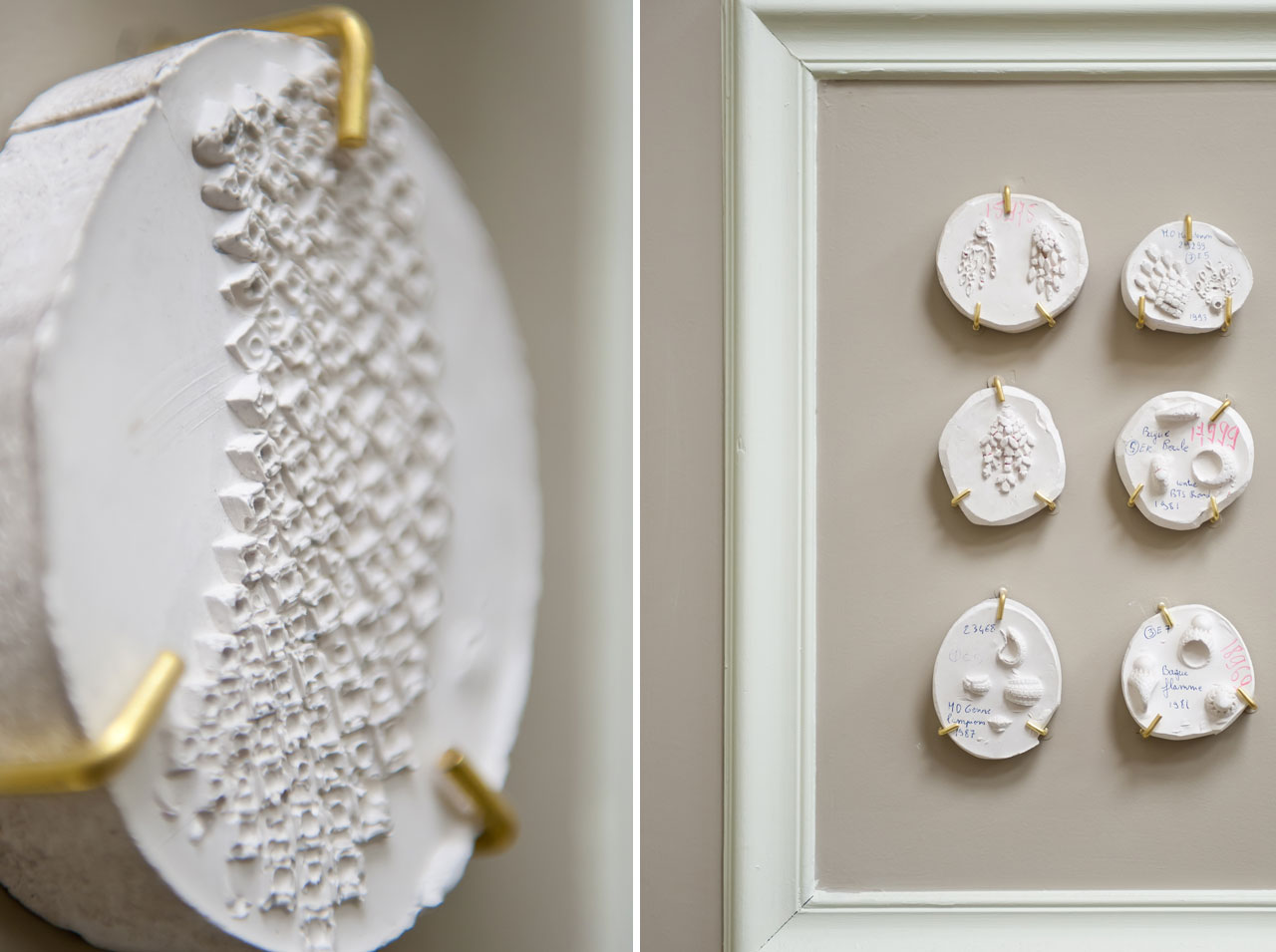
Photo by Alexandre & Emilie {Persona production} for Yatzer.
Copyright © Yatzerland Ltd.
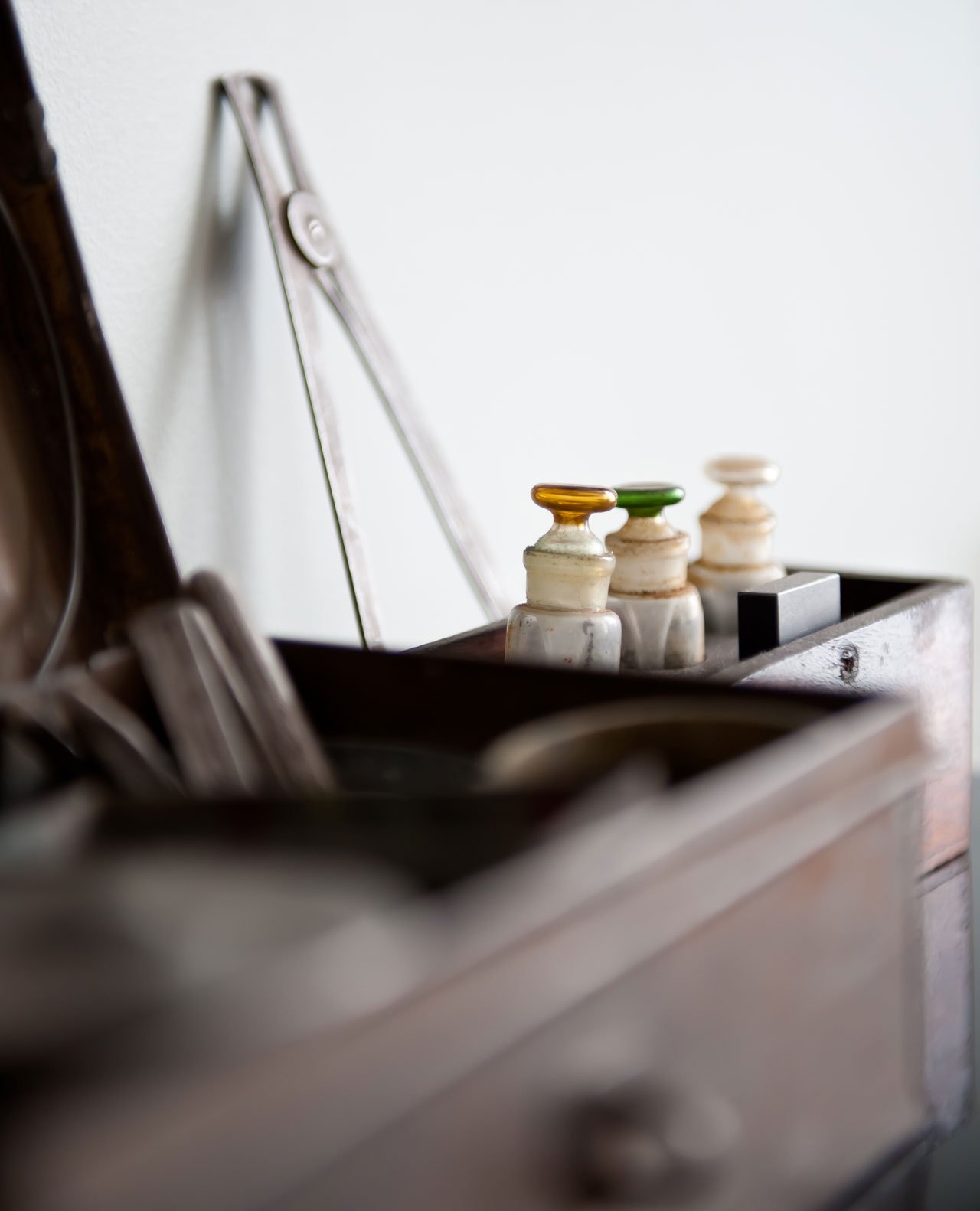
Photo by Alexandre & Emilie {Persona production} for Yatzer.
Copyright © Yatzerland Ltd.
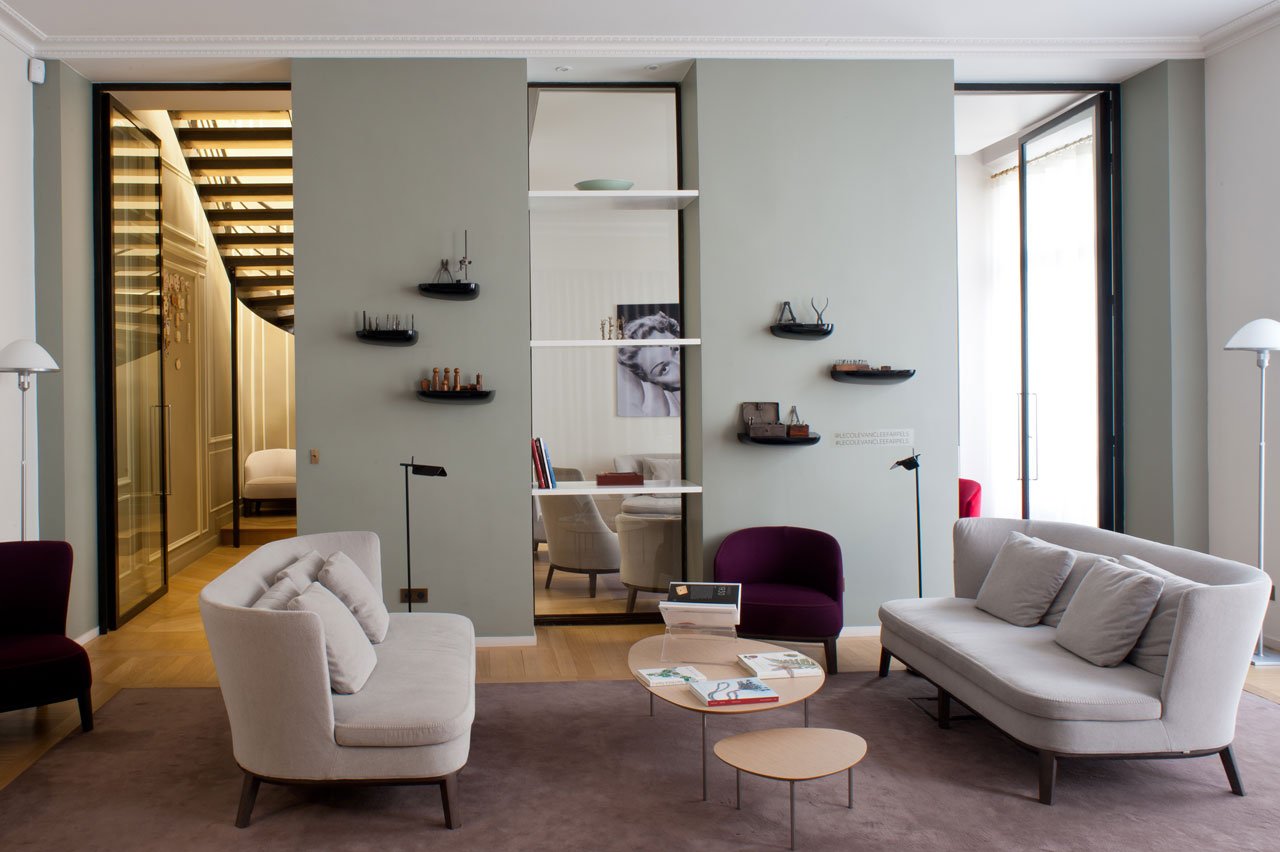
Photo by Alexandre & Emilie {Persona production} for Yatzer.
Copyright © Yatzerland Ltd.

Photo by Alexandre & Emilie {Persona production} for Yatzer.
Copyright © Yatzerland Ltd.
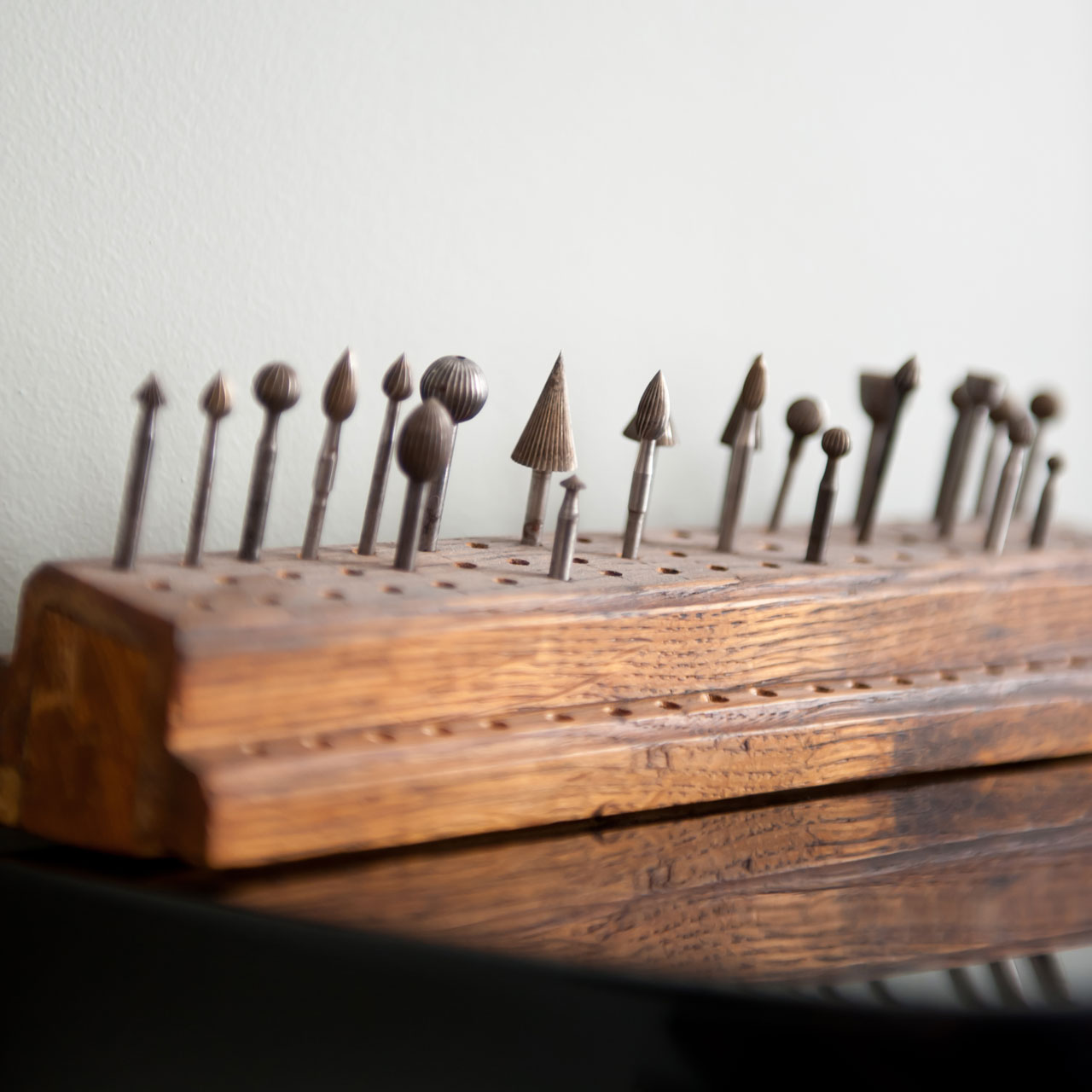
Photo by Alexandre & Emilie {Persona production} for Yatzer.
Copyright © Yatzerland Ltd.
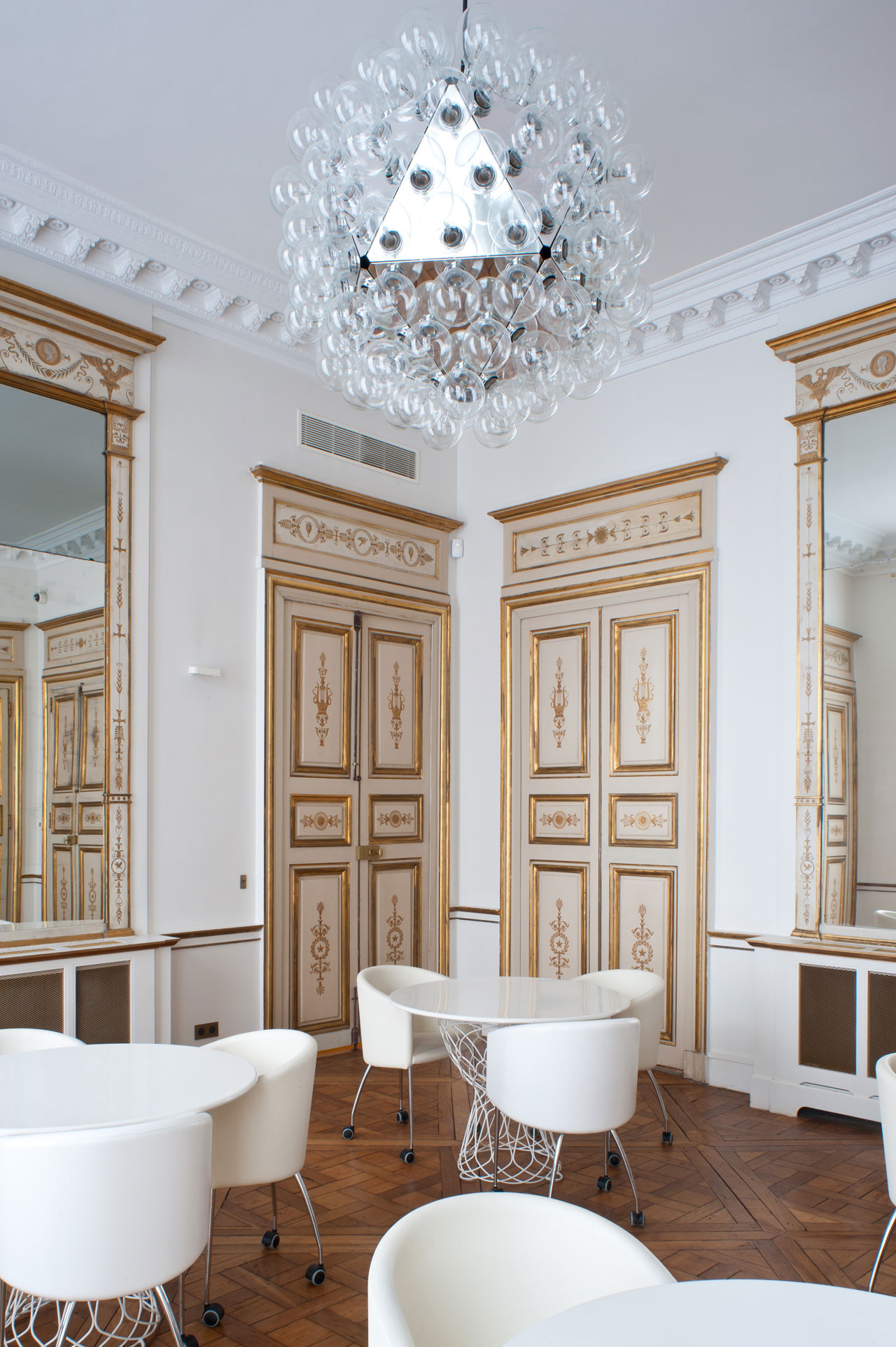
Photo by Alexandre & Emilie {Persona production} for Yatzer.
Copyright © Yatzerland Ltd.
















